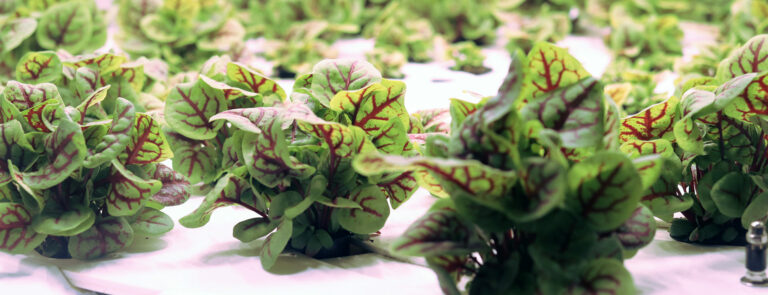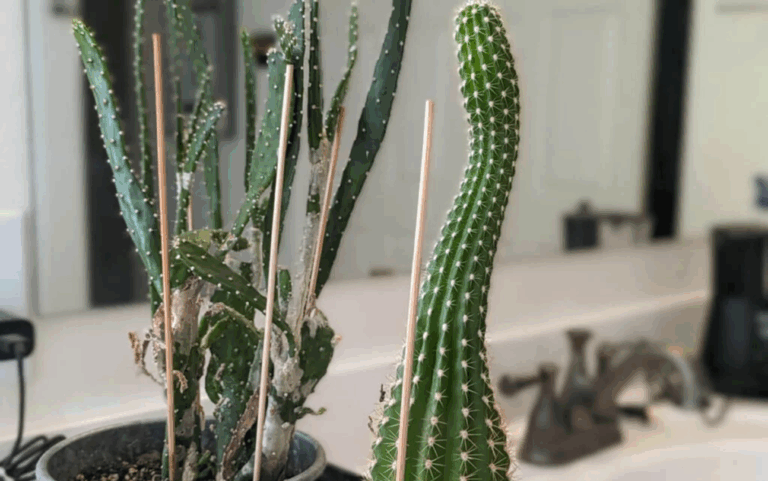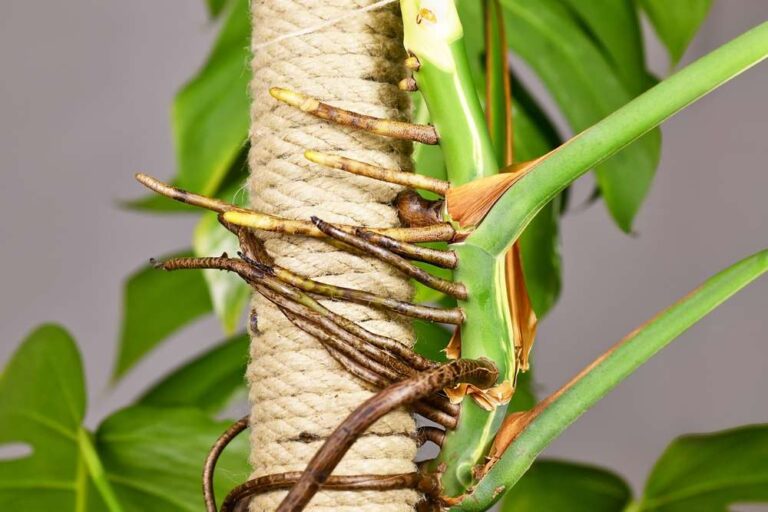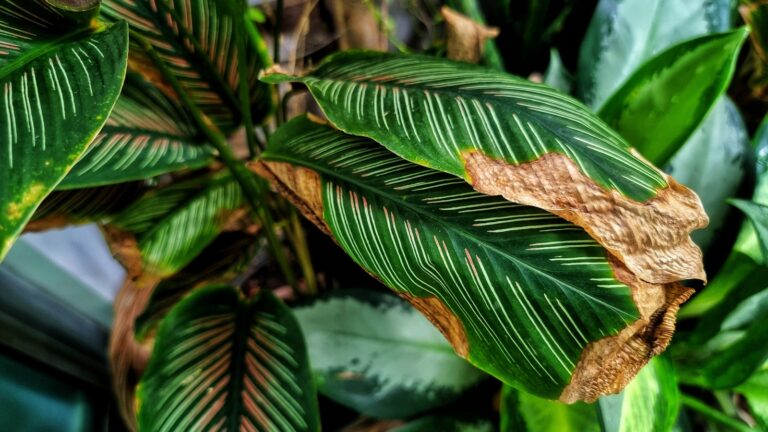Minerals: The Food of Plants

Stones may appear lifeless at first, but they play an essential role in the origin of life. Impacting meteorites brought the first minerals to Earth when it was full of volcanoes, lightning, and warm water. Minerals dissolved in water from rocks such as basalt, pumice, and granite formed from solidified lava, resulting in the so-called primordial soup.
Combined with tension from lightning, this process led to chemical changes that allowed the first organic compounds to form. And these are not entirely unimportant for plants: Indeed, the organic compounds have provided the basis through which plants could develop in the first place!
Why are nutrients essential for plants?
Plants feed exclusively on inorganic compounds such as minerals and convert them into organic compounds like the lettuce, nuts, or fruits that we eat. So, why do we often enrich the soil with organic animal manure? Manure is decomposed in the ground by so-called decomposers, such as bacteria, fungi, worms, and insects, resulting in the formation of inorganic compounds over time. And these can then be processed by plants. Slow food, so to speak.
Minerals are, therefore, plant food. Each one has a specific benefit for them. When one nutrient is deficient, the associated process cannot function properly. This results in deficiency symptoms and increased susceptibility to disease.
What exactly are minerals?
Minerals are chemical elements absorbed by plants from the soil, water, or air in the form of ions. They are divided into two groups: macronutrients (macronutrient elements in higher concentrations) and micronutrients (trace elements in lower concentrations).
The five most essential macronutrients and their functions:
- Nitrogen: stronger leaf growth
- Phosphorus: stronger growth, plant health, and especially flower formation
- Potassium: regulation of water balance and increased resistance
- Calcium: strengthening cell walls and increased stability
- Magnesium: support of photosynthesis through chlorophyll formation
Some minerals, the mobile nutrients, can be transported well, and others cannot; therefore, they are called immobile nutrients. Plants strategically manage their mineral balance: most minerals are transported from older leaves or parts to younger ones. The deficiency symptoms, therefore, occur on old leaves. The situation is different for immobile nutrients, as they remain in place, so the old leaves look good while the young ones show signs of deficiency.
Nitrogen, phosphorus, potassium, and magnesium are all mobile nutrients that can also be transported relatively well. Calcium, on the other hand, does not move at all.
Micronutrients are found in lower leaf concentrations and are therefore also called trace elements. The most important micronutrients are:
- Manganese (Mn) supports photosynthesis
- Copper (Cu) ensures plant respiration (oxidation reaction) and electron transport
- Zinc (Zn) helps in the production of hormones
- Molybdenum (Mo) provides many metabolic processes
- Boron (B) transports carbohydrates throughout the plant
- Chlorine (Cl) is involved in the regulation of stomata and is essential for the photosynthesis process
- Nickel (Ni) activates metabolic processes
Except for chlorine and nickel, micronutrients do not transport well.
In the particular case of iron (Fe), it is right on the border between macro-and micronutrients and occupies an intermediate position. It is essential for the photosynthesis process and transport within the plant.
Nutrient requirements depend on the season.
Your plant will require a slightly different diet, depending on what it is up to. Here’s how it works:
Growth phase
Flowering phase
Your plant wants to reproduce. It uses its energy to develop flowers, rhizomes, and seeds. The flowering phase usually follows the growing phase and is species-specific but usually occurs between spring and fall. However, some plants flower exclusively in winter. It needs phosphorus to develop flowers and seeds.
Dormancy
Many plants go dormant in winter. This is triggered by lower light intensity and fewer hours of sunlight. For some, dormancy is triggered by colder temperatures. During this phase, your plant will not form new leaves and shoots or grow them very slowly. Therefore, it does not need fresh nutrients and does not absorb them. Give your plant a rest, do not give it fertilizer during this time.
Nutrient requirements depend on the type of plant.
Nutrient requirements differ depending on the plant and its origin.
Tropical plants
Tropical plants proliferate and are accustomed to a regular supply of nutrients. They are native to tropical rainforests, where the soil contains very few nutrients. However, the plants efficiently reabsorb the nutrients via a thin upper humus layer consisting of rapidly decomposing plant remains through branched root systems. Nutrients are usually only in the soil for a short time until they are absorbed.
Cacti and succulents
Cacti and succulents mostly live in deserts and semi-deserts. The subsoil is very poor in nutrients and mostly dry. Plants grow slowly and need only a few nutrients, which they take up with the rainwater. However, there are over a hundred species of cacti, so it’s only logical that their needs differ here, too.
In our plant database, you will find the exact information about your co-inhabitant.
Epiphytes
Epiphytes grow on other plants to take advantage of the sun’s rays. Most are not parasites and absorb nutrients mainly through rainwater. Therefore, they rely on regular rainfall and high humidity. They also have a few more tricks up their sleeves, they form a richly branched nest from upward-growing aerial roots, in which nutrient-rich humus and moisture accumulate. Overall, epiphytes have low nutrient requirements.















